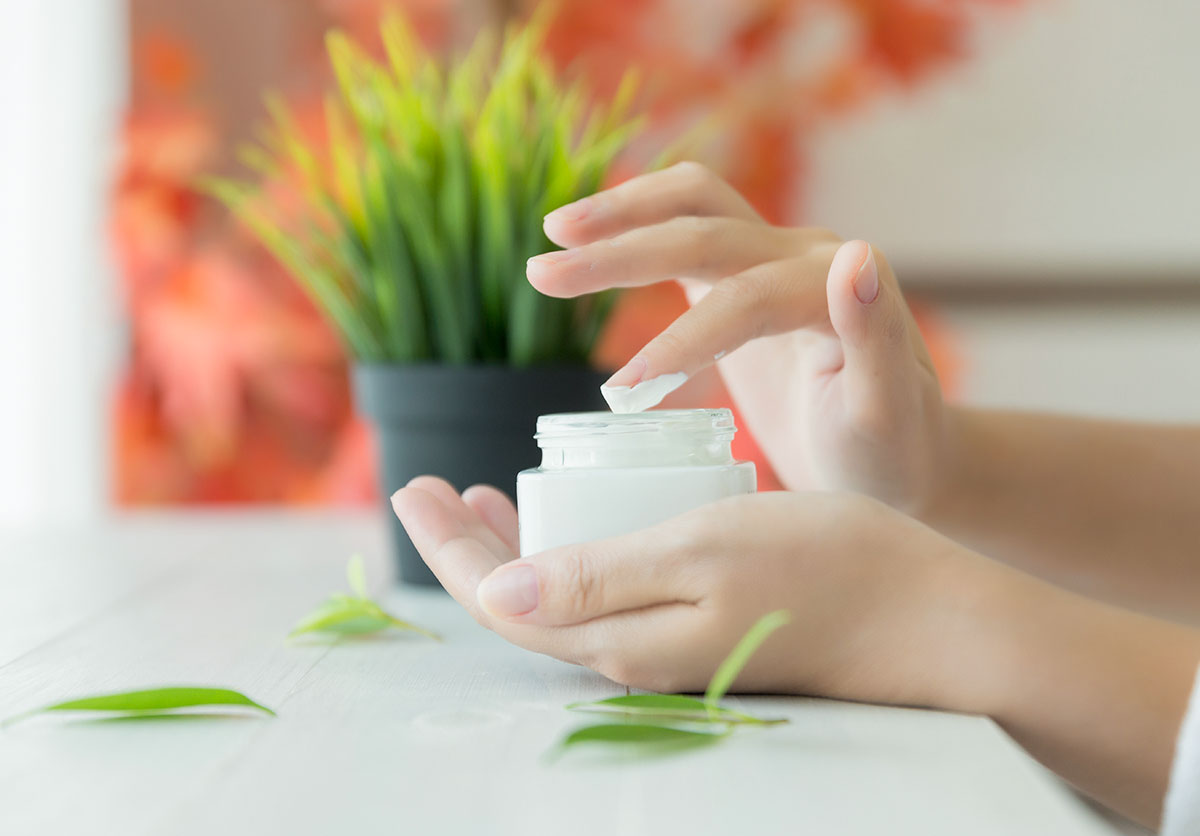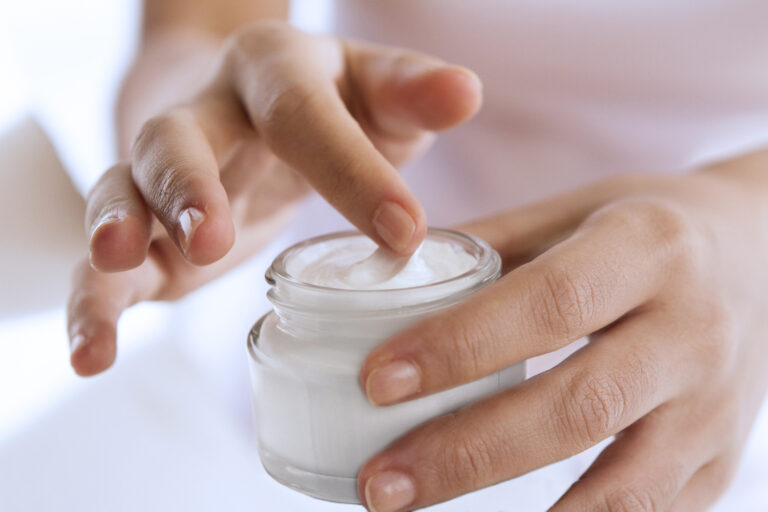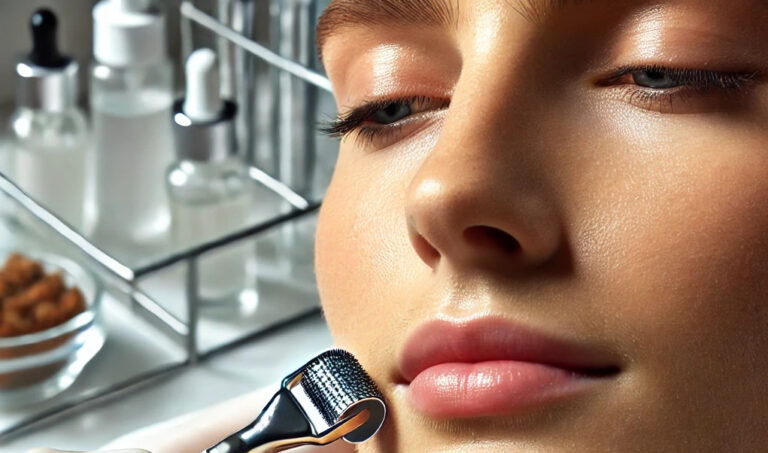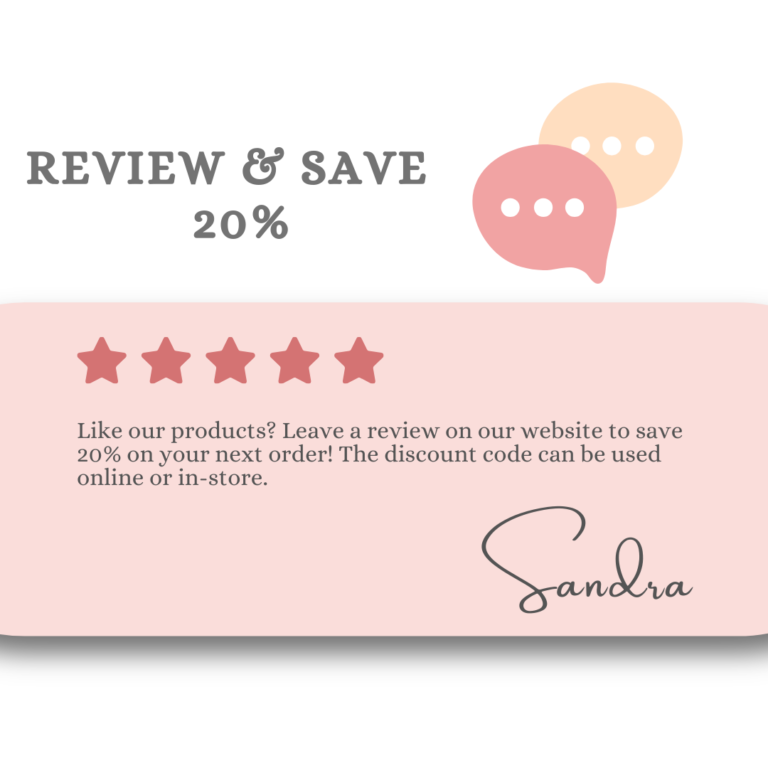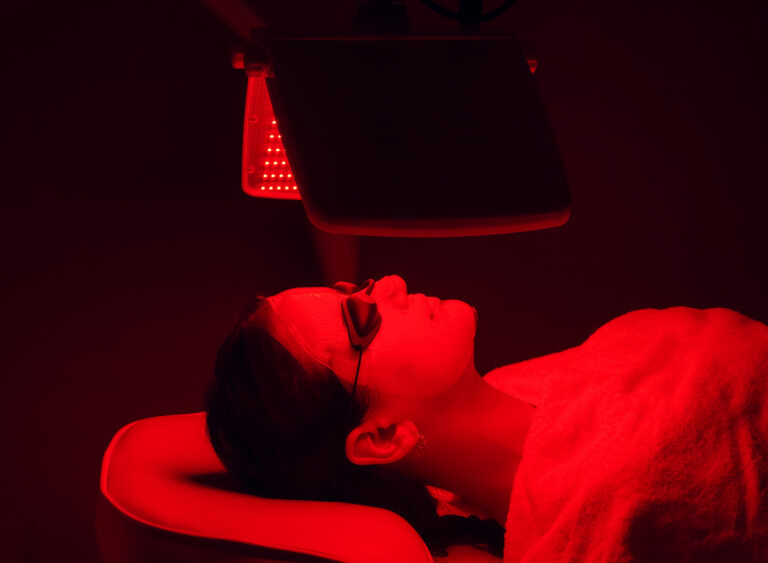Comparing Gly-Sal 10/2 Pads and Gly-Sal 5/2 Pads: Which is Right for You?
When it comes to skincare, particularly for acne treatment, Gly-Sal pads have become a popular choice. Available in different formulations, Gly-Sal 10/2 pads and Gly-Sal 5/2 pads both combine glycolic acid and salicylic acid to promote clearer skin. However, their differing concentrations make them suitable for different skin types and concerns. Here’s a detailed comparison to help you decide which option might be best for your skincare needs.
Understanding Gly-Sal Pads
Gly-Sal 10/2 Pads: These pads contain a higher concentration of glycolic acid (10%) and salicylic acid (2%). Glycolic acid, an alpha hydroxy acid (AHA), effectively exfoliates the skin by removing dead skin cells and promoting cell turnover, leading to improved texture and tone. Salicylic acid, a beta hydroxy acid (BHA), penetrates deeper into pores, helping to dissolve excess oil and debris, making it particularly effective for acne treatment.
Gly-Sal 5/2 Pads: These pads have a lower concentration of glycolic acid (5%) but maintain the same salicylic acid content (2%). This makes them a gentler option for those with sensitive skin or for individuals who are just starting to incorporate acid-based products into their regimen.
Key Benefits of Each Pad
Benefits of Gly-Sal 10/2 Pads:
- Intensive Exfoliation: The higher glycolic acid concentration provides more aggressive exfoliation, which can be beneficial for oily or acne-prone skin.
- Effective Acne Treatment: The dual-action formula works more powerfully to unclog pores, reduce inflammation, and prevent future breakouts.
- Skin Texture Improvement: Regular use can lead to smoother, more refined skin texture and a more even skin tone.
Benefits of Gly-Sal 5/2 Pads:
- Gentle Exfoliation: The milder formulation is ideal for sensitive skin types, allowing for regular use without excessive irritation.
- Maintains Balance: The lower concentration helps in maintaining skin hydration while still providing effective acne treatment.
- Great for Beginners: If you’re new to chemical exfoliants, these pads are a good starting point to ease your skin into the benefits of glycolic and salicylic acids.
How to Use Gly-Sal Pads
Both Gly-Sal 10/2 and Gly-Sal 5/2 pads can be used in a similar manner:
- Cleanse: Start with a gentle cleanser to remove makeup, dirt, and oil.
- Apply the Pad: Take one pad and gently swipe it across your face, avoiding the eye area. You can use it on other breakout-prone areas as well.
- Let it Absorb: Allow the solution to penetrate your skin for a few minutes before applying other products.
- Moisturize: Follow up with a moisturizer to keep your skin hydrated.
Frequency: Depending on your skin’s tolerance, you can use the pads once or twice daily. Starting with Gly-Sal 5/2 pads may be advisable for those with sensitive skin.
Choosing the Right Pad for You
- Skin Type: If you have oily or acne-prone skin, Gly-Sal 10/2 pads may provide the intensive treatment you need. For sensitive or dry skin, Gly-Sal 5/2 pads are likely a better fit.
- Skin Sensitivity: If you’re prone to irritation or are new to using acids, start with Gly-Sal 5/2 pads to help your skin adjust.
- Desired Results: For those looking for faster results in combating acne or improving skin texture, Gly-Sal 10/2 pads offer a more potent solution. If you prefer a gentler approach that still addresses mild acne and skin tone issues, Gly-Sal 5/2 pads are a great option.
Conclusion
Both Gly-Sal 10/2 and Gly-Sal 5/2 pads have their unique strengths, making them suitable for different skin types and concerns. Understanding the differences in their formulations can help you make an informed choice for your skincare routine. Whichever option you choose, incorporating Gly-Sal pads into your regimen can be a significant step toward achieving clearer, healthier skin. Remember to follow usage guidelines and consult with a a skincare professional or your dermatologist if you have specific skin concerns or conditions.

